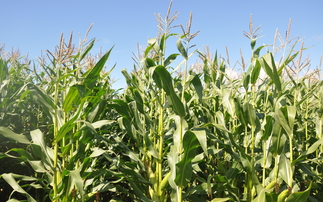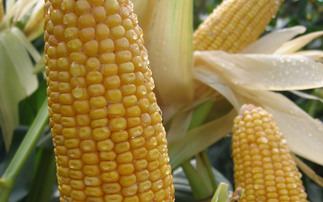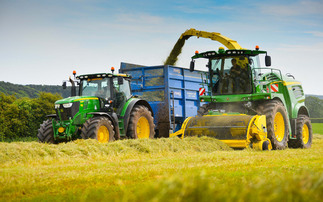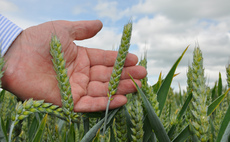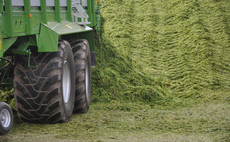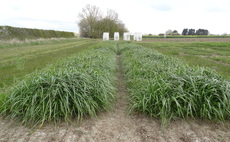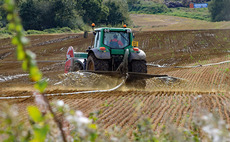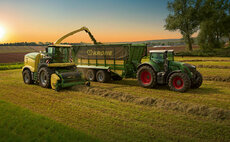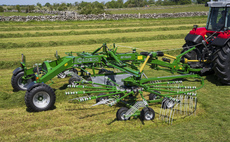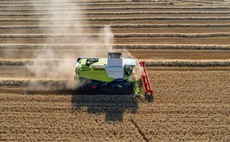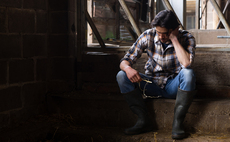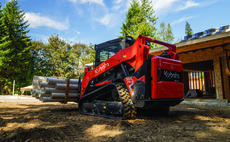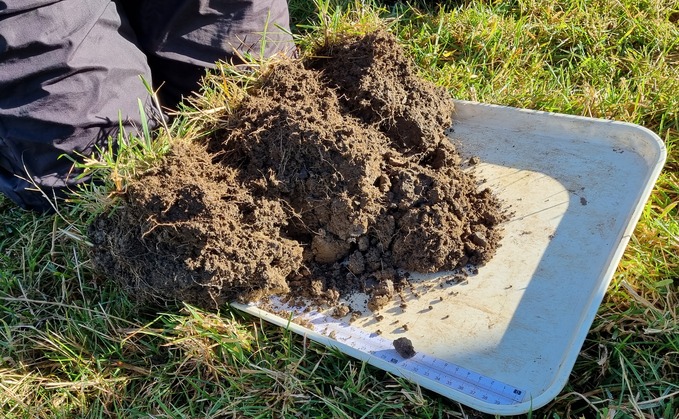
Use autumn to reflect on what can be done a little better next year to make even better silage. Here, two experts share their advice. Attention to detail can make the difference between good and great silage, but you need to measure to manage.
Taking a closer look at soil nutrition is a good place to start, according to Yara agronomist Philip Cosgrave. He says: "There is now a legislative requirement to sample soils for phosphate, potash and pH on cultivated land in England and this includes grassland which has received fertiliser or been reseeded.
Elsewhere, while it is not a statutory obligation, it is good practice. "Soil pH is a critical part of the fertility jigsaw, both in terms of availability of nutrients to the plant and also to enable the industry to reach climate net zero ambitions.
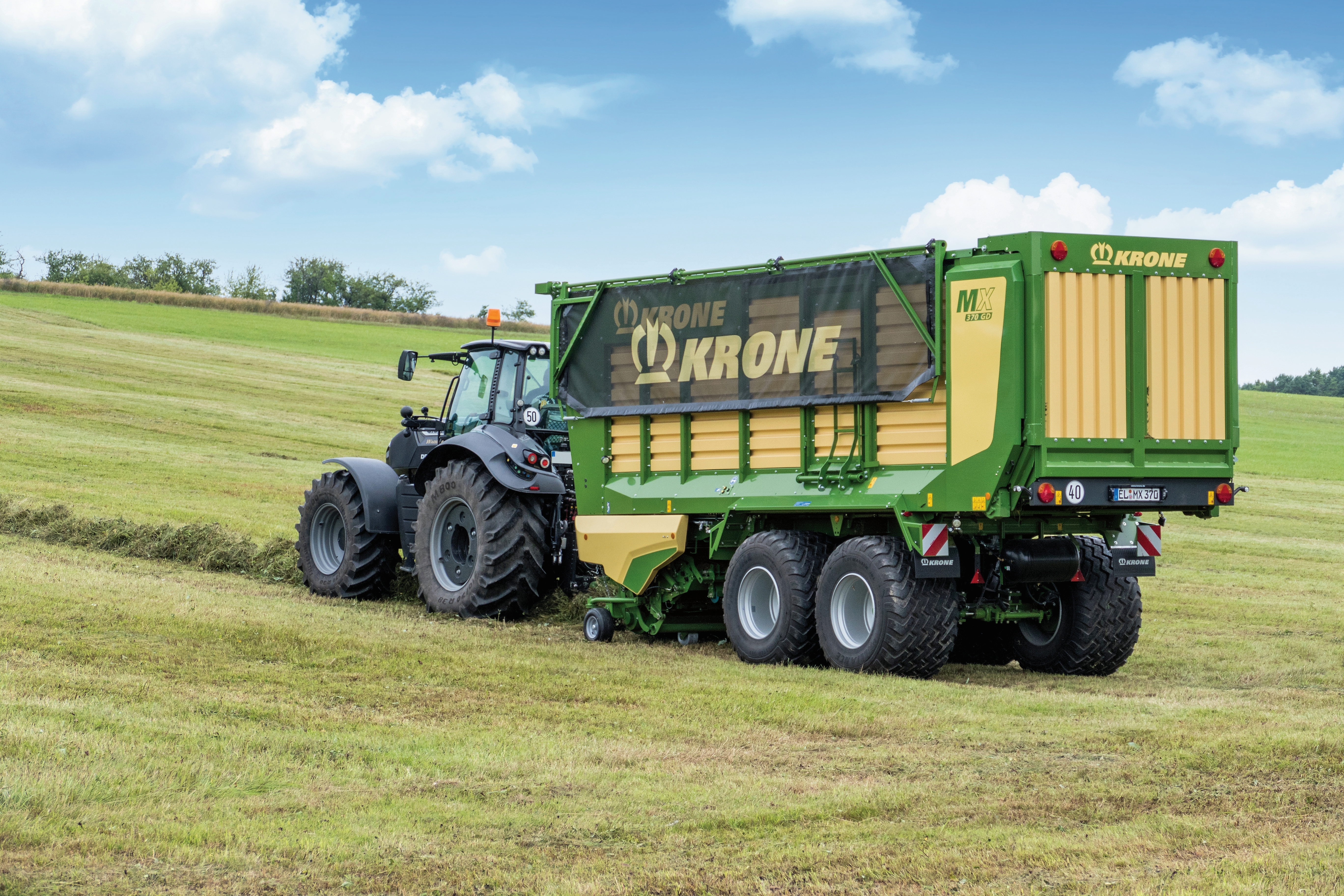
"A correct soil pH will require less nitrogen fertiliser to maintain productivity and there is evidence nitrous oxide emissions will also be lower. "Leave about three months between applying any fertiliser or manures and soil sampling to allow any nutrients to stabilise.
"Carrying out a physical examination to analyse the texture and estimate the sand, silt and clay content provides valuable information about the ability of soils to hold on to nutrients. "A broad spectrum analysis to include calcium, sulphur, some key trace elements and the cation exchange capacity is beneficial as it will provide a more comprehensive picture of what deficiencies need to be addressed."
When making silage, the importance of chop length should not be overlooked. It can influence intakes and longer chop lengths can promote better rumination and prevent slippage in the clamp when the moisture content of grass is higher.
Ben Davies, product manager with Krone UK, says the degree to which chop length can be easily adjusted will depend on the machine used for harvesting. He says: "Forage harvesters give greater flexibility, as chop length can be altered by both changing the number of knives on the drum and varying the speed which the grass is fed into the machine via the feedrolls. "Manufacturers offer different knife and drum configurations to give a range of chop lengths. The faster the grass is fed into the drum and the more knives on the drum, the shorter the chop length.
"Feed roll settings on forage harvesters can be easily adjusted between fields or farms to give the desired length to suit the weather conditions and farmers' requirements." Where a forage wagon or baler is being used, there is a fixed knife bank and the grass is pushed through with a feed rotor.
Chop length is determined by the distance between the knives, says Mr Davies. "For forage wagons and balers, removing half the set of knifes gives more space between each knife and the chop length is therefore longer."









